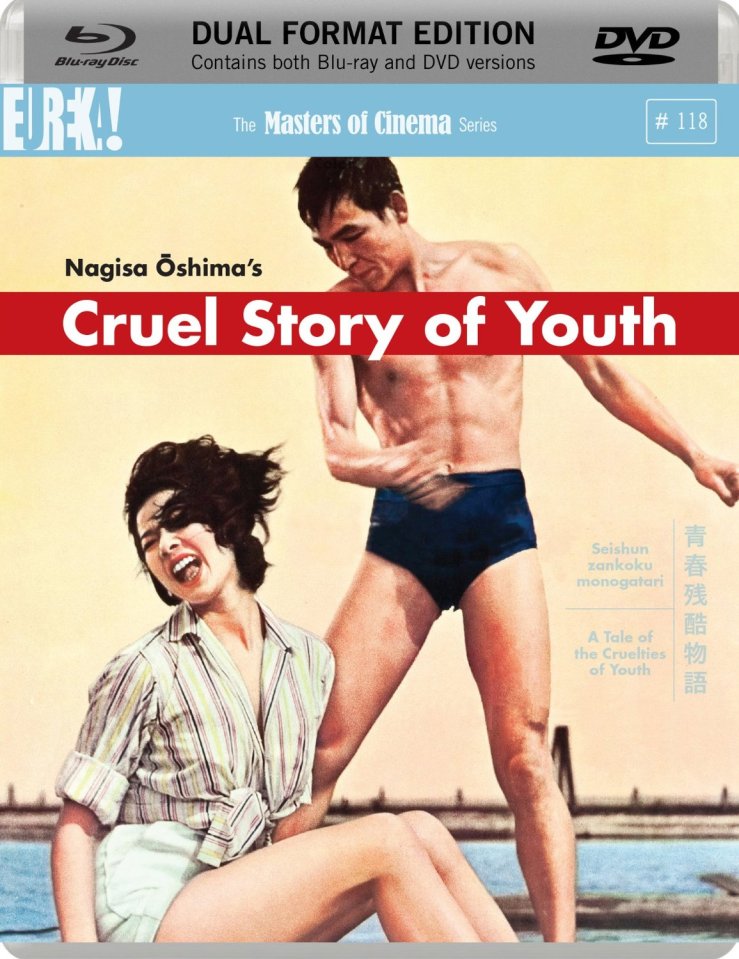
When Nagisa Oshima’s second film “Cruel Story of Youth” was about to come to the end, a similar scenario like that in the film “The Graduate” appeared: Both the male and female characters were walking / sitting side by side, with no expression on their faces, towards to the unpredictable future which laying in front of them confusedly and helplessly. However, there was still an obvious difference. “The Graduate” ended with this mentioned scene, but the story continued in the film “Cruel Story of Youth”. The youth generation was acting their rebellion and disobedience against the fatuous and hopeless world. but the denouement that they achieved was only the cost of death.
Nagisa Oshima had showed the rebellious circumstances of two close generations in his film: the elder sister’s generation counted on staging protest marches to the unfair politics, in order to change the social status, which was a relatively positive endeavor. Otherwise, the younger sister’s generation regarded unruly sex and violence as the fatal power, so as to resistance the decadent world, which was a quite negative attempt. In contrast to the America after the Vietnam War, the Rock ‘n’ Roll Spirit, the Anti-War Complex and the Hippie’s Culture came into being naturally. And these facts had become the main elements of Thomas Pynchon’s famous novel “Inherent Vice”.
*The film criticism was written by Simplified Chinese at first (which is my mother tongue), then I translated into English for your reading convenience. And down there is the original version.
大岛渚的《青春残酷物语》在临近结尾时出现了类似《毕业生》的场景:男女主人公面无表情的并行/坐着,迷茫无助地面对不可知的未来。不同的是,《毕》在此处戛然而止,而《青》却让故事继续下去了。年轻一代用反叛与忤逆来挑战这昏沉无望的世界,然而所能得到的最现实也是最绝望的结局还是死亡的代价。
大岛渚在电影中描述了相邻两代人的叛逆际遇:姐姐那代人寄望于游行来声援政治理想,以求改变社会现状,这是相对积极的努力;妹妹却用不羁性爱来抵抗这个陈腐世界,试图不被其所吞没,这是相对消极的尝试。反观越战后的美国,摇滚精神、反战情结与嬉皮文化应运而生,这也成为了品钦《性本恶》中的主题。